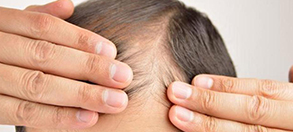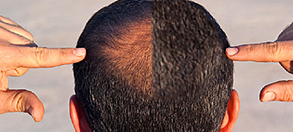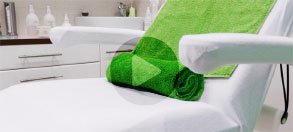While many people say that, "A barber or hairstylist will always have work, no matter what the economy is like," this doesn’t mean that the job will be easy. The profession of barbering is one that has seen immense change throughout the centuries as trends have come and gone, and even as historical events have influenced hairstyles and fads. A barber must adapt to the ebb and flow of customer demands, and keep up with the styles of the time.
However, the job of a barber wasn’t always merely about style. The earliest barbers served as surgeons, dentists, and doctors aside from cutting hair, often assisting wounded soldiers in the military. While the position of a barber has been narrowed, and now describes one who cuts and styles hair (including facial hair), dozens of styles and methods have come and gone over the years. Celebrities, culture, and even political events have greatly influenced the job of a barber throughout the centuries. For example, the American Civil War brought with it the popularity of beards, while the American Revolution caused a shift in the race and economic status of the typical barber. While the women’s "Bob" was all the rage in the 1920s, the presence of The Beatles in the United States would cause a change in hairstyle trends in the 1960s. As you can see, all shifts in the barbering world were greatly influenced by local, national, and even global trends and events at any given time.
Not only did society have an effect on a barber’s work, but barbershops themselves have had a great impact on the public as well. Barbershop music and barbershop quartets were a significant product of neighborhood barbershops. Additionally, women’s salons were greatly influenced by the methods and nature of barbershops, as they gained popularity in the 1950s. While the popularity of barbershops took a hit in the 1980s due to the rise of unisex salons, current trends are now putting male barbershops back on the map. The nostalgia and masculinity of having your hair cut by a barber are causing customers to come flooding back to the traditional barber shop, once again providing established barbers with more work.
- The Barbering Profession Dates back to Ancient Times – This article gives a brief description of the earliest days for barbers in ancient civilizations.
- Barber-Surgeons – Learn about the exciting (and often gruesome) job requirements of early barber-surgeons who did much more than just cut hair.
- The Real Story Behind the Famous Barber Pole – An interesting history discussing the symbolism behind the famous barber pole design that is still used today.
- A History of Barbering Timeline – Take a look at an era-by-era timeline of the practice of barbering, which dates back to 5000 B.C.
- Barbers as Wig-Makers – In the 18th Century, barbers had to learn the trade of wig-making to keep up with the demands and styles of the time.
- Hairstyles and the Military – This article discusses the influence of war times and military service on hairstyles, including the popularity of beards during the Civil War era.
- The Role of Race in Barbering History – A look at the racial shift in the barbering profession after the American Revolution.
- Barbers’ Protective Union – The first Barbers’ Protective Union was formed in 1886, and has continued to grow and adapt in order to improve working conditions for barbers.
- 60 Years of Haircut Prices (infographic) – A colorful depiction of the increasing price of a haircut over the past 60 years.
- The First Barbering School – A.B. Moler started the first barbering school in Chicago, in 1899, and wrote textbooks for the profession. Before this time, one could only become a barber through apprenticeship.
- Barbers Must Learn the Bob – This article discusses the change in barbering styles with the birth of the popular 1920s haircut known as “The Bob.”
- The Birth of the Barbershop Quartet – Barbershop quartets flourished in the 19th Century since most local barber shops acted as a social center for men.
- The Job of a Barber in the 1960s (video) – This snippet from Americans at Work discusses the history and trends of the barbering profession and its influence on beauty salons in the 1960s.
- Barbershops are Making a Comeback – This news article explains why barbershops are making a comeback after a drop in popularity during the 1980s and 1990s.
- Barbering in the 21st Century – Take a look at what it is like to be a barber today. Some of the statistics cover working conditions, salary, job outlook, and more.


